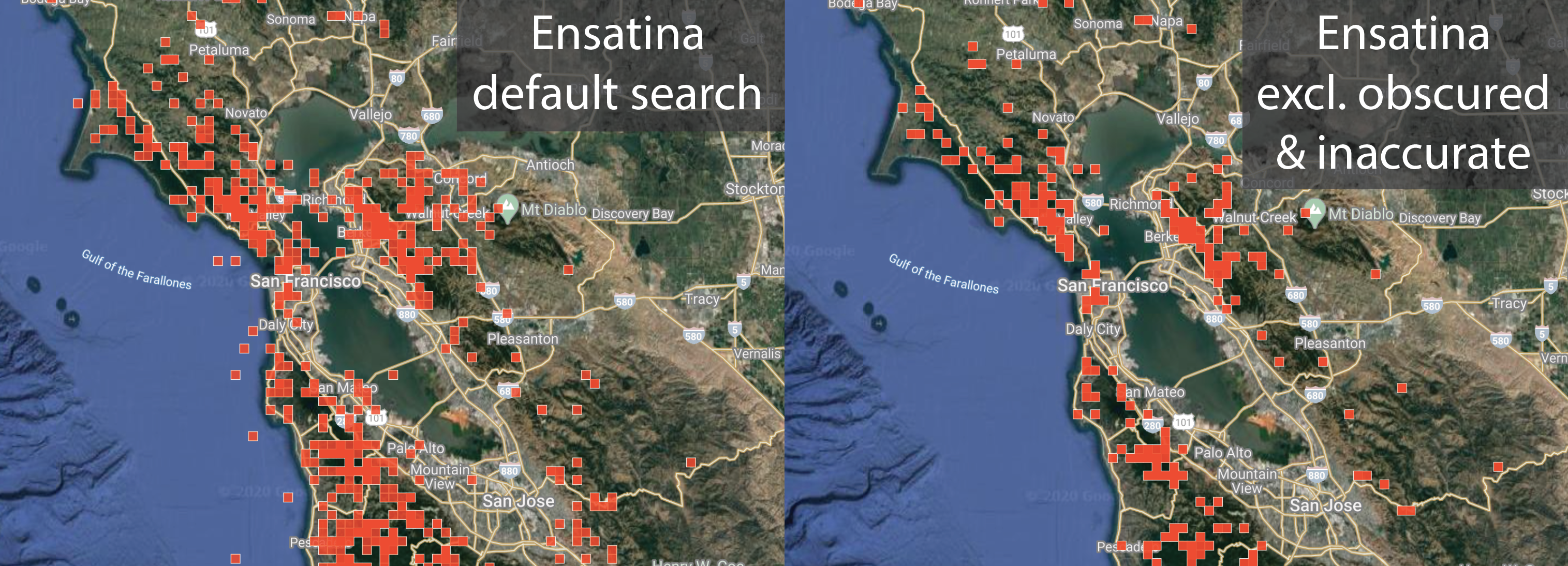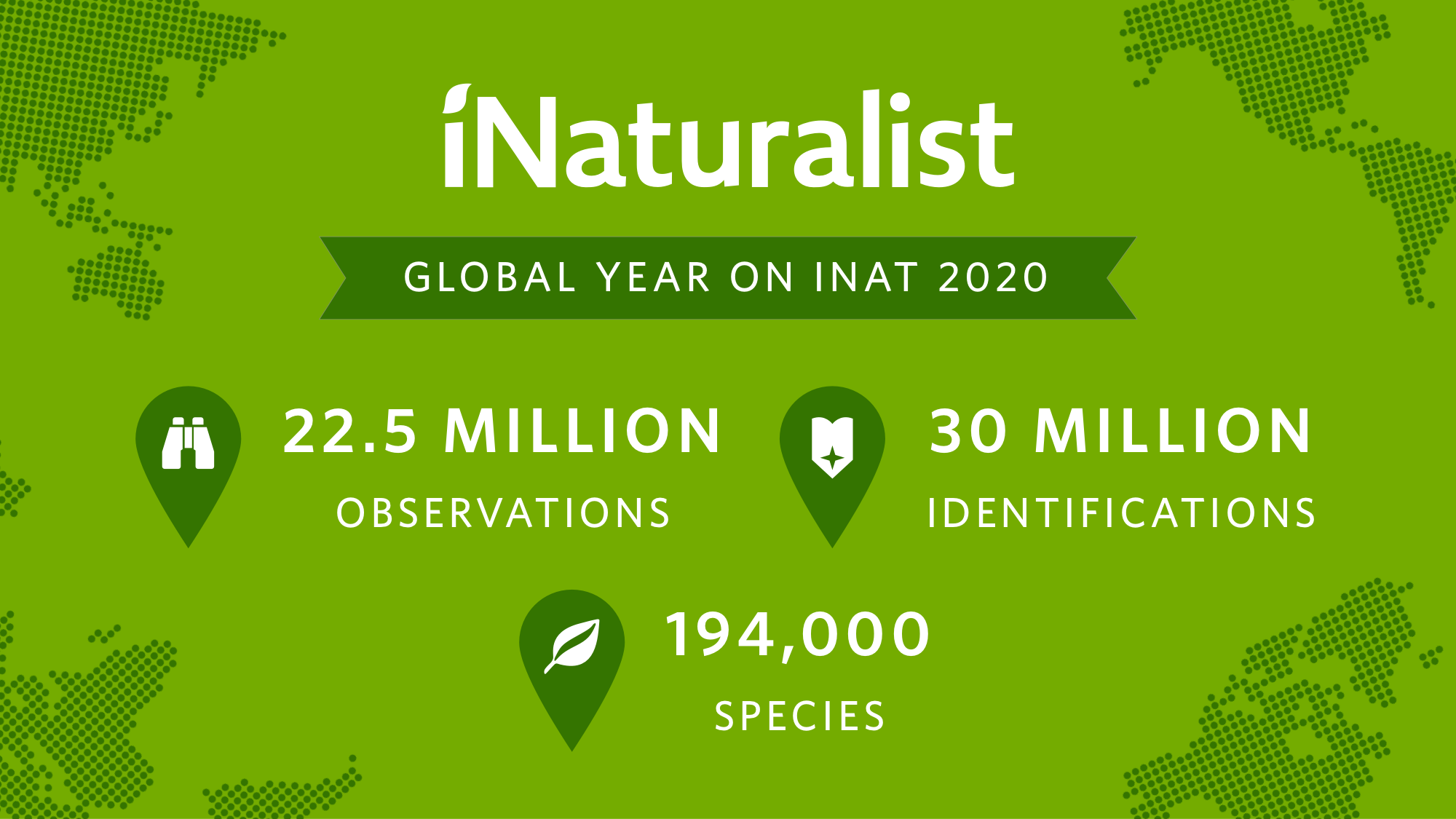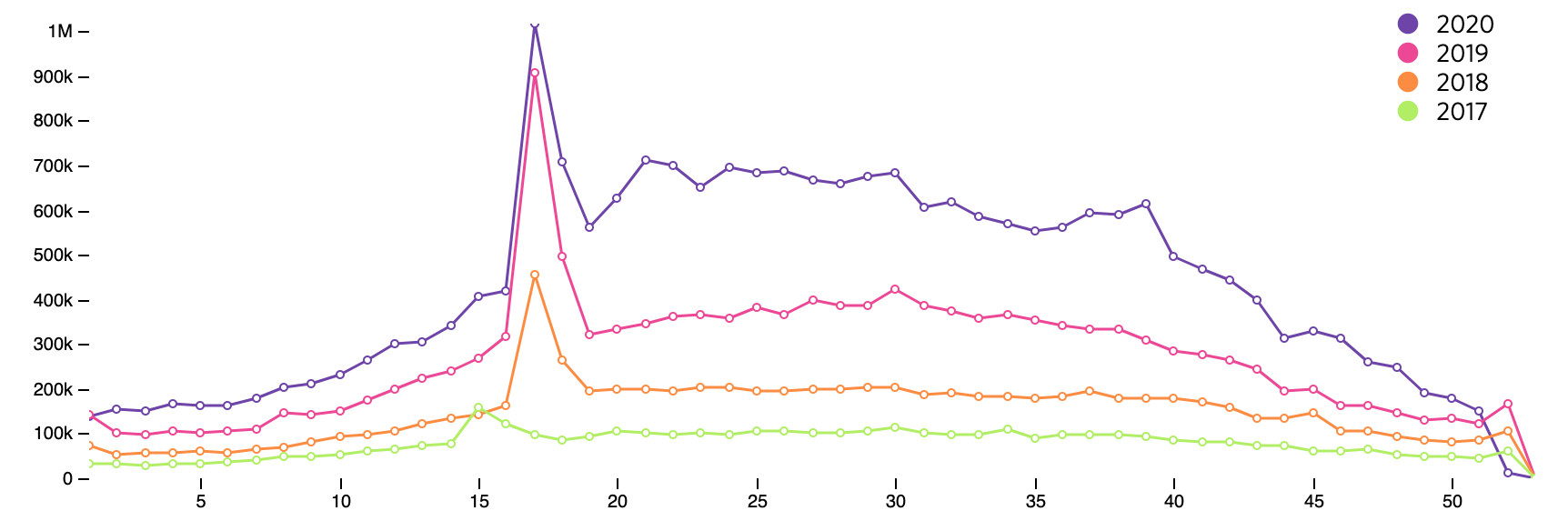Growing the community’s identification expertise is core to iNaturalist. Often the scientific literature is the best or only source of information for how to distinguish species. But the scientific literature often references “museum characters” that are convenient when dealing with preserved specimens but less convenient for naturalists. Naturalists often prefer “field characters” that can be seen externally and macroscopically - ideally without having to hold the organism in hand. Field characters may include colored markings, living posture, vocalizations or other characters that aren’t preserved in dead specimens. For example, in the Ghost Crabs (Genus Ocypode) the purple leg joints in mature Pink Ghost Crabs (Ocypode ryderi) and the H-shape back markings in mature Horned Ghost Crabs (Ocypode ceratophthalmus) are very useful field characters that are rarely referenced in the scientific literature.

An important outcome from iNaturalist is the development of reliable field characters for poorly studied groups that are readily visible in observation photos. One useful step towards this goal is to help create iNaturalist observations documenting both museum characters and field characters. These observations allow us to ground-truth their identification via the museum characters and develop convenient and reliable field characters on this foundation. But to generate such observations, observers need to know what characters to photograph.
This is where you can help. Specifically, we’d like to encourage you to adopt a group of organisms, do the research to learn the most useful museum characters for a group, and share a jargon-free, visual explanation for how observers can capture these characters in their observations. There have already been some great examples of this kind of work including @gcwarbler’s guide to Cisthene Moths (which we highlighted in this blog video), @edanko's fly resources, and @dan_johnson’s guide to photographing crayfish. Here’s a journal post I wrote on identifying Cycadians. We’d like to find ways to encourage more of this kind of content. Many thanks if you've already authored and shared information like this or are willing to try doing so. And please let us know if there’s anything we can do to help streamline or facilitate the development and sharing of this kind of content.
In this spirit, I’ve given it a shot at this with Ghost Crabs (Genus Ocypode). Ghost Crabs are a good example of a clade where in many cases iNaturalist observations don’t get identified beyond genus. I’ve included sections that provide a brief overview of Ghost Crabs, an explanation of useful museum characters, and a few words on distribution. Again, it’s my hope that this post will encourage more observers to document these characters in their Ghost Crab observations which will facilitate identifying them to species. Ultimately that will result in our community better grasping field characters and distribution details for some of the less well known Ghost Crab species. Any feedback on the usefulness of this content would better facilitate those goals would be much appreciated.
What are ghost crabs, what segment of the population to focus on, and how to find them?
This post is aimed at moving identifications from the genus level (Ocypode) to species as the community seems to have little trouble identifying Ghost Crab observations to genus. But briefly, Ghost Crabs can be distinguished from their relatives by their very large eyes which are held vertically atop prominent stalks and their preference for sandy beaches. In most of the world, their only close relatives are the fiddler crabs (Subfamilies Ucinae and Gelasiminae) which have smaller eyes (more similar in width to the stalks they sit on) and males have one very large claw. The Mangrove Ghost Crabs (Subfamily Ucidinae) are more likely to be confused with land crabs or other crabs of the Superfamily Grapsoidea than ghost crabs. In the Western Pacific and Indian Ocean there are several other crabs with prominent eyestalks and beach habits that share a superfamily with the Ghost Crabs and might be confused - e.g. the Sand Bubbler Crabs (Family Dotillidae) - but like fiddlers they can be readily distinguished from ghost crabs with a bit of practice.

While Ghost Crab species often have distinctive adult coloration, juveniles tend to have similar sand-camo coloration and they lack the pointy eye projections distinctive of many species. So if it’s possible to find an adult crab it’s much more likely that it can be identified to species.

The museum characters I’ll refer to here work on both males and females but knowing the sex will help control for some variation. The best way to sex Ghost Crabs, like all crabs, is by looking at the shape of the pleon (abdomen) on the underside of the crab. It is narrow and triangular in males and broad and round in females.

.Like this abdomen character, most of the museum characters I’ll describe shortly are easier to photograph with a crab in hand. Before trying to catch a crab make sure you follow local regulations about handling wildlife and try to understand and minimize the ethical and conservation impact your handling of these organisms may have. A good rule of thumb: don’t handle wildlife unless you’ve done your homework and know what you’re doing. That said, a great way to catch crabs is by going out at night with a flashlight. I’ve found that adults are often easier to find using this technique, they are more likely to be outside of their burrows, and the light distracts them and makes them easier to catch. During the day, digging them out of their burrows by hand can sometimes be effective.
Museum characters
Here, I attempt to visually explain the characters used in the key in Sakai, K.; Türkay, M. (2013). Revision of the genus Ocypode with the description of a new genus, Hoplocypode (Crustacea: Decapoda: Brachyura). Memoirs of the Queensland Museum — Nature. 56(2): 665-793. But based on my research, these characters are widely used in the scientific literature on Ghost Crabs.
Eyestalks prolonged distally
Adults of some species of Ghost Crabs have pointy projections on top of their eyes (“eyestalks prolonged distally”). Generally, this is a projection of the eyestalk itself but in Tufted Ghost Crab (Ocypode cursor) it is made of a tuft of hair (“Setal brush”). This is a great character because it can generally be seen without having the crab in hand. But unfortunately, it only works on mature adults. So to take advantage of this character try to find an adult member of the population to photograph.

Stridulating ridge
On their larger claw’s palm surface (the inner side facing the crab), some species of Ghost Crab have a line of bumps called the “Stridulating ridge”. The presence (or absence) of this ridge and details of its shape are probably the most commonly referenced museum character for Ghost Crabs. Unfortunately, this character is very difficult to photograph unless you have the crab in hand and have a nice macro lense. But on the flip side, this is the most reliable museum character for identifying juveniles.
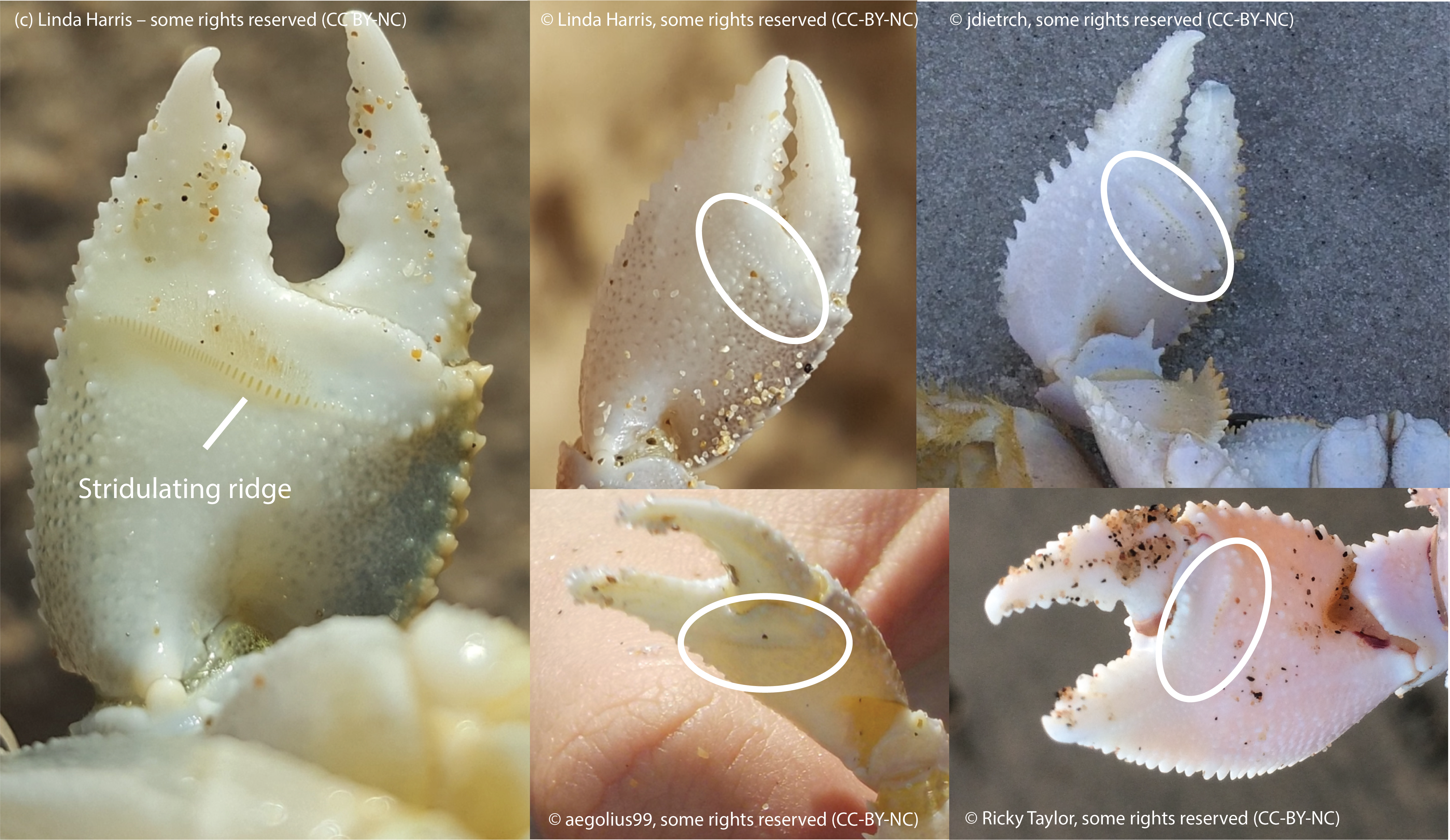
Setae on P2 and P3 prodopus
Some species of Ghost Crab have hair (setae) on their legs. The key specifically refers to the presence of setae on the P2 and P3 prodopus. The P2 legs are the ones just behind the claws and the P3 legs are the ones behind those. The prodopus is the segment of the leg just before the tip.

Chelipeds pointed distally
The final character referred to in the key is whether the claws (chelipeds) are squared-off (truncate) or pointed at their tips (distally).

Distribution
Distribution is extremely helpful for identifying Ghost Crabs. It should be noted that relying too much on distribution can obscure finding unusual observations such as this Pink Ghost Crab in Madagascar and this Painted Ghost Crab as far north as El Salvador. Nonetheless, here’s a few words on the distributions of Ghost Crabs.
In the Eastern Pacific and Atlantic the situation is relatively straightforward with just 5 mostly allopatric (non-overlapping) species. In the Eastern Pacific there’s a non-pointy eyed ghost crab ranging from Mexico down to around Costa Rica (Gulf Ghost Crab) and a pointy-eyed ghost crab (Painted Ghost Crab)ranging from around El Salvador to Peru. They overlap in much of Central America. In the Western Atlantic there’s just one ghost crab (Atlantic Ghost Crab) ranging from Massachusetts to Uruguay. In the Eastern Atlantic there’s a pointy eyed species (Tufted Ghost Crab) with a disjunct population in the Eastern Mediterranean and along the coast of Africa. Here it overlaps with a non-pointy eyed species (African Ghost Crab).
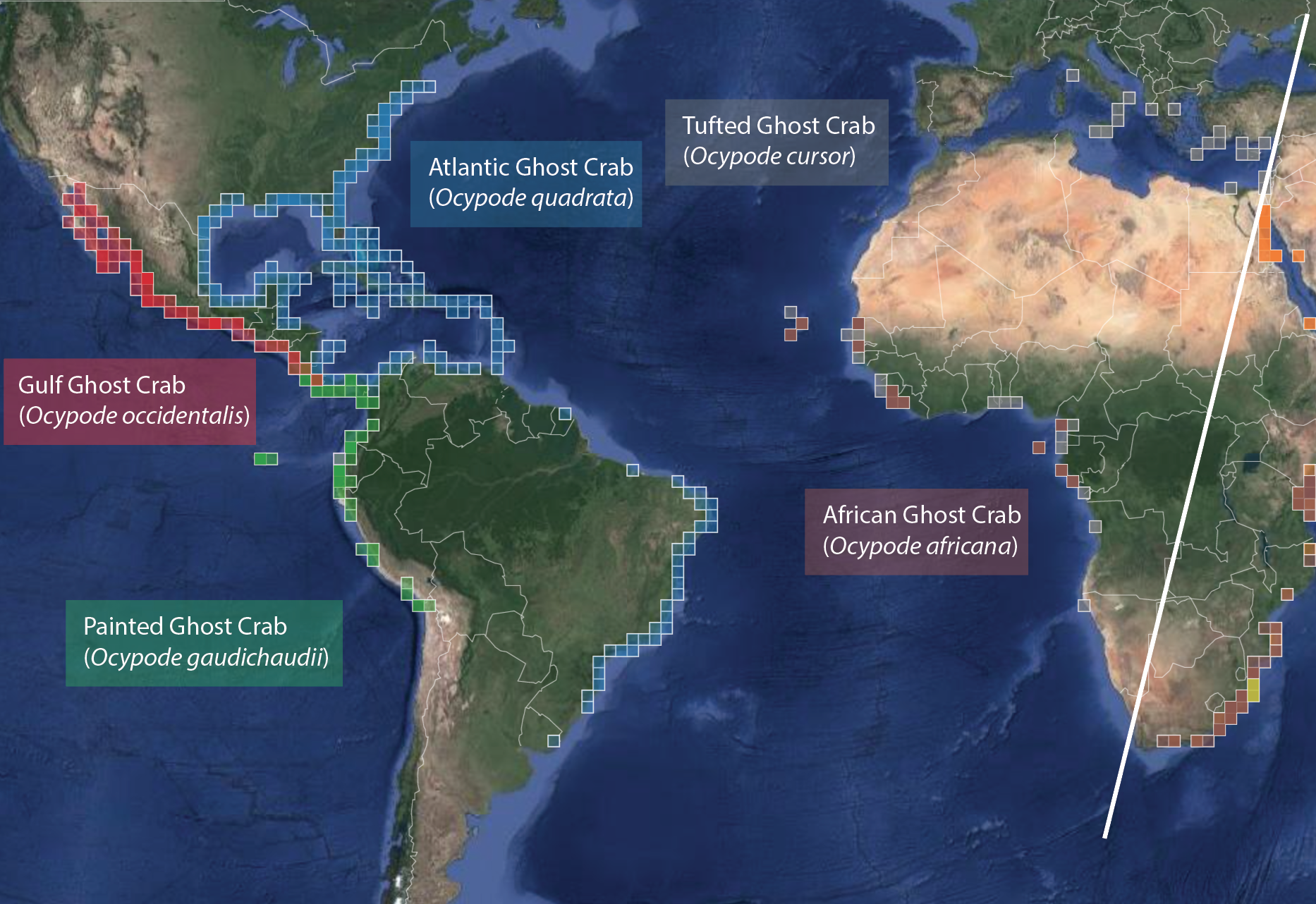
In the Indian Ocean and Western Pacific the situation is much more complex with multiple overlapping species. Some, like Horned Ghost Crab are very wide ranging while others like Red Sea Ghost Crab have very restricted distributions. But in nearly all areas more than one species occur and the exact limits of the ranges are poorly known.

I've created a forum thread to accompany this post in order to take advantage of the iNaturalist's forum's superior tools for supporting discussion. Please comment there if you have feedback/ideas/thoughts on the more general topic on how to better support and encourage the creation and sharing of this kind of content. Feel free to comment directly on this post below if you have thoughts on identifying Ghost Crabs.







